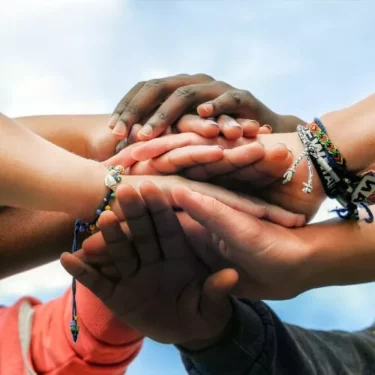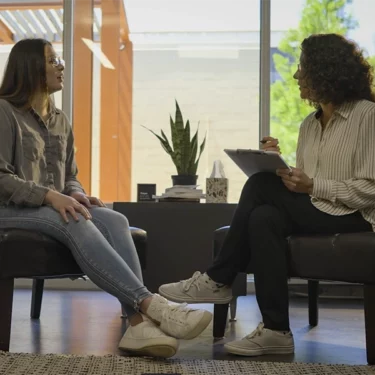More than 30 years ago, long past the realization that it was time for me to stop injecting heroin, I turned to the warm, welcoming staff at San Francisco’s Haight Ashbury Free Clinics. They had already seen me through multiple unsuccessful attempts, yet I felt no judgment, heard no dogma and wasn’t ever threatened with an ultimatum.
Because of this I trusted them enough to accept their recommendation to seek services at Walden House, a residential treatment program where, over a period of two years, I reclaimed my life. Today, the Haight Ashbury Free Clinics and Walden House are part of HealthRIGHT 360, the family of integrated health care programs I now have the honor of leading. We never used the term back then, but my story hinged on the practice of harm reduction.
Harm reduction is a set of public health and social justice principles and practices aimed to reduce the harms that may result from drug and alcohol use. It also acknowledges that the harm and consequences of drug use are disproportionately applied to those who are low-income and people of color, many of whom are filtered into the criminal justice system.
This stands in contrast to people with racial, economic and social capital who are less likely to be targeted by law enforcement, can manage consequences by paying for treatment and for attorneys to defend them and who are also more likely to receive second and third chances from landlords and employers.
You may be familiar with harm reduction practices that we now consider commonplace like syringe access programs, also known as needle exchanges. Considered radical when these sites were first opened in the 1990s in response to the AIDS epidemic, today more than 300 exchanges exist in the United States across 39 states.
Another example is the use of the life-saving medication naloxone. Erroneously dubbed by some as a moral hazard, naloxone reverses opioid overdoses and can be administered by anyone with minimal training. The Surgeon General of the United States has recommended that Americans learn how to save a life with naloxone, which is readily available in most parts of the country. After all, there is never a chance to treat a person who has lost their life.
Now, as a parent of three teens, I am particularly sensitive to the anguish my parents must have felt during my drug use. Over the years, countless people have reached out to me in agony and terror that they may lose their child to addiction; they all want their child to be safe, be well and to live. I know that no one plans for their children to misuse drugs or alcohol, but they also don’t want their children to die from something that could have been prevented by access to clean supplies or medication that is available in 46 states without a prescription.
Currently, national conversations about harm reduction center around supervised drug consumption rooms, also called overdose prevention programs. These are places where people can use pre-obtained drugs with sterile equipment under medical supervision that also offer access to other services, including wound care and referrals to detox or substance use treatment.
This is a new concept in the United States, but in other parts of the world it has been a sanctioned practice for over 30 years. More than 120 such sites operate in Europe, Canada and Australia, and never once has a person died from an overdose in a drug consumption room.
With drug overdose death rates outpacing death rates from car crashes, gun violence and even the AIDS epidemic at its peak, harm reduction activists across the country are working hard to open safe sites in Philadelphia, San Francisco, New York, Seattle and other cities facing high rates of overdose and street drug use, despite objections from federal law enforcement officials who see them as circumventing existing drug laws.
Proponents of supervised consumption point to a growing body of evidence that demonstrates improved health, quality of life and cost savings associated with opening these sites. Opponents hold on to the belief that supervised consumption sites normalize and even encourage drug use.
This attitude completely belies the nature of addiction and disregards the science that has clarified that addiction is not a moral failing but a disease that changes the very structure of the brain. It also plays into the mythology that hitting rock bottom is what propels people into treatment when, in fact, the opposite is true. Misery and shame lock people in a cycle of drug use. Misery is not the antidote to drug use – hope is.
Instead of trying to make life miserable for people who use drugs and coerce them into treatment, we would do better to make them feel welcomed, engage them for who they are and believe in their potential. This is the purest form of harm reduction and exactly what I received from the staff at the Haight Ashbury Free Clinics more than three decades ago.
The goal of harm reduction is to move people to the place where they are most realized, healthy and safe. For some people that place is abstinence, but for others it’s not, because abstinence from drug use is not an actual requirement for full participation in society.
Harm reduction is not antithetical to treatment; it is a guidepost on the recovery continuum with the lowest barriers to access, the highest potential for optimism and backed by a wide body of science. As members of the treatment provider community, we have a moral imperative to engage and care for all people in need, not just those who find themselves on our doorstep.




